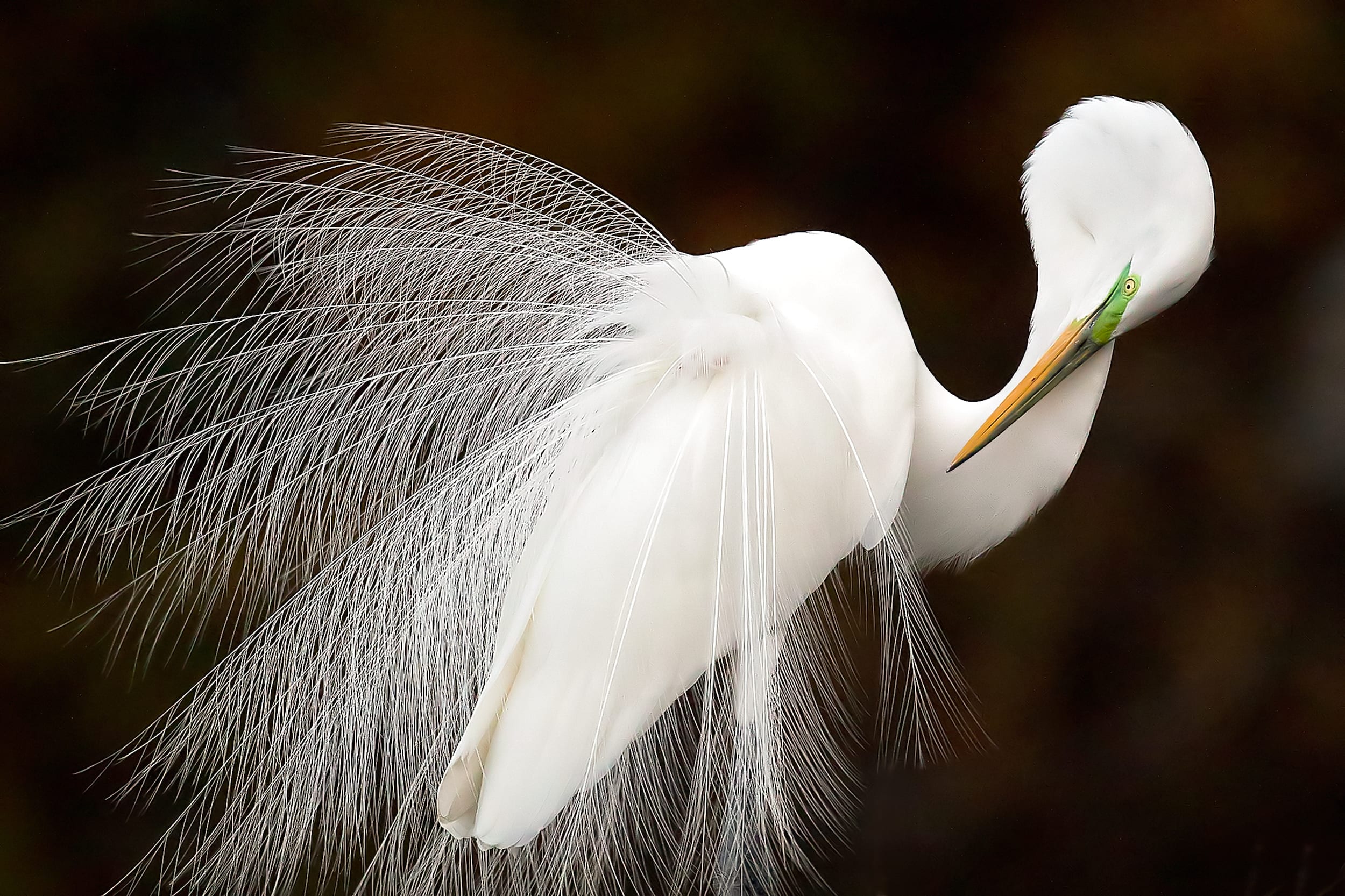What does Joe Biden’s win mean for wildlife conservation?
A Great Egret displays during breeding season, in Florida. © Melissa Groo / Prints For Nature.
Source:
A pup bites at a feather while another nuzzles the pack’s ageing matriarch, White Scarf (far right). After the last known kill she was part of, White Scarf made sure the pups ate first and later disappeared out on the tundra. Ellesmere Island, Canada 2018. © Ronan Donovan / Prints For Nature.
Source:© 2022 - 1854 MEDIA LTD